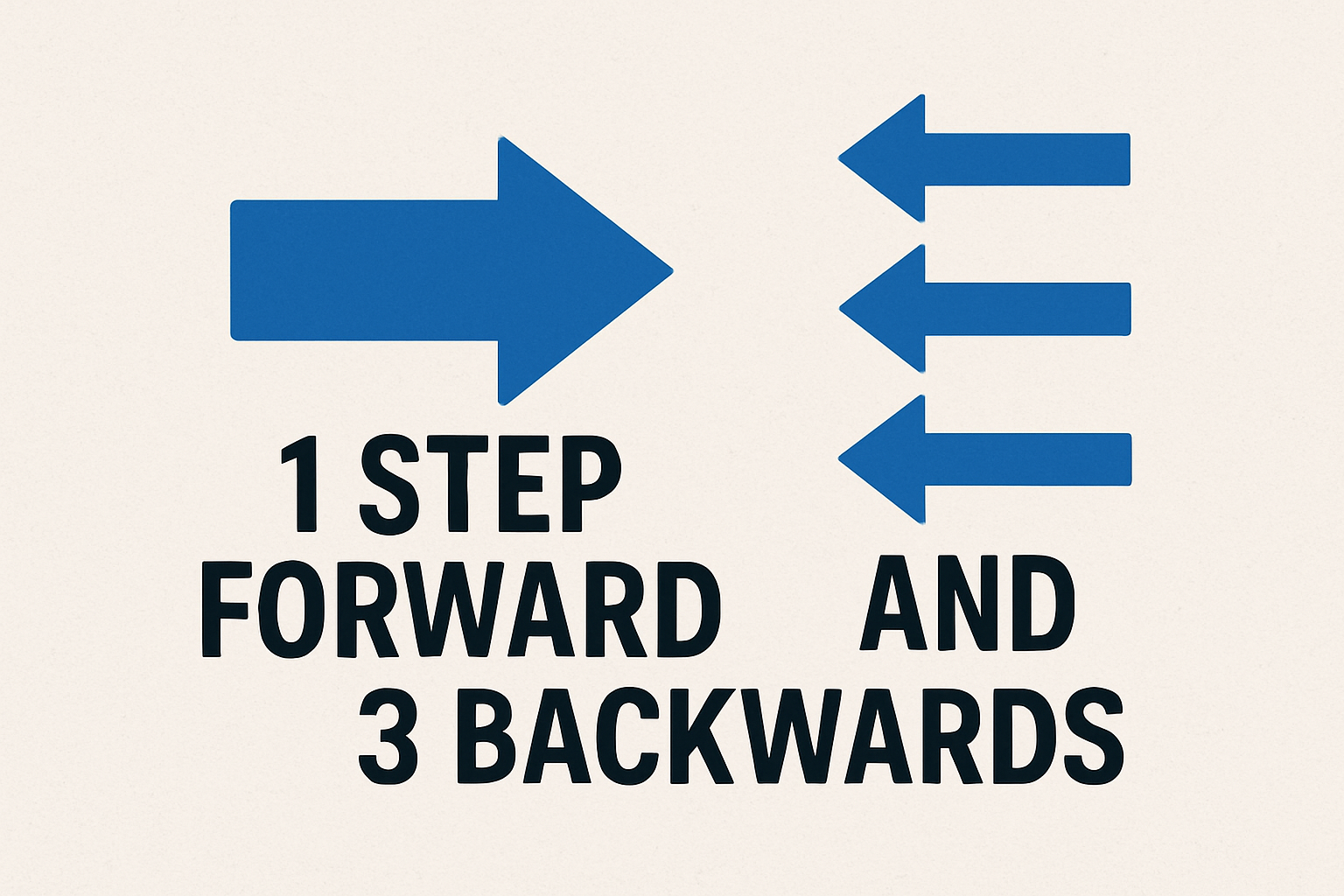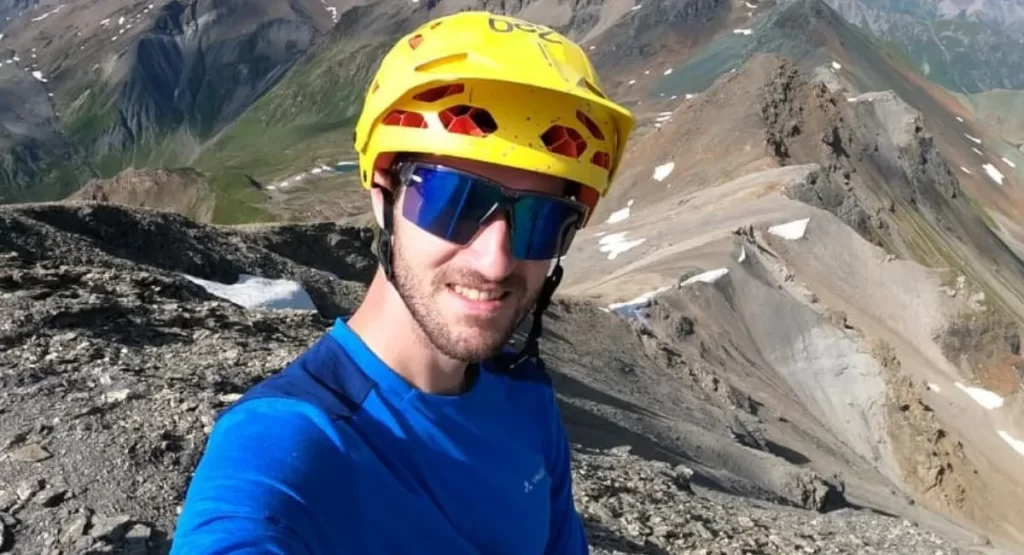As tensions rise due to Vladimir Putin's aggressive rhetoric and actions, many wonder if his threats against the West will escalate into a larger conflict. The relationship between Putin and Belarusian President Lukashenko adds another layer of complexity, as Russia's military faces challenges in Ukraine. Is Europe, with its diminished military readiness, equipped to handle a potential confrontation? This article explores Putin's strategy, his alliance with Lukashenko, and whether Europe is prepared for a looming war.
Putin’s Threats and Actions: A Strategy of Fear
Since the invasion of Ukraine in 2022, Vladimir Putin’s approach to international politics has revolved around threats and posturing, especially towards the West. His repeated nuclear threats and warnings of retaliation for Western support to Ukraine are designed to stoke fear and uncertainty. While these threats may seem alarming, it is essential to recognize the calculated nature of Putin's actions.
Rather than acting impulsively, Putin escalates situations in ways that create maximum fear without crossing lines that would provoke NATO or the broader international community into direct military confrontation. For instance, his conventional invasion of Ukraine—while brutal and devastating—has not expanded into other parts of Europe, and his nuclear rhetoric has not translated into actual deployment. He tends to stop short of actions that could trigger World War III, likely aware that it would be catastrophic for Russia as well.
Russia’s Military Performance in Ukraine: A Double-Edged Sword
While Putin's army was feared as a formidable force before the Ukraine war, the conflict has exposed significant flaws in Russia's military apparatus. The war revealed logistical challenges, outdated equipment, and issues of poor morale and discipline among Russian troops. These challenges have painted a more complex picture of Russia’s military than the image Putin likes to project.
That said, Russia’s military is still dangerous. It remains one of the largest standing armies in the world, and its nuclear arsenal is unmatched. The ongoing war has given Russia some war experience, especially in terms of modern hybrid warfare, but the war has also exhausted much of its conventional capacity. Western analysts are divided on whether Russia could sustain another large-scale invasion elsewhere in Europe given its losses in Ukraine.
Putin’s Relationship with Lukashenko: A Marriage of Convenience
The relationship between Vladimir Putin and Belarusian President Alexander Lukashenko is complex but symbiotic. After Lukashenko’s disputed re-election in 2020, which led to widespread protests and calls for his removal, Putin stepped in to prop up the Belarusian dictator. In return, Belarus has become an indispensable ally for Russia, offering strategic depth and territory to launch military operations, such as the initial phase of the invasion of Ukraine.
This relationship, however, is more about mutual need than personal friendship. Lukashenko depends on Putin to remain in power, especially given his weakened domestic position. Putin, in turn, uses Belarus as a buffer state between Russia and NATO. The relationship works because both leaders need the other to maintain their respective regimes, not because of any genuine ideological alignment.
Recent Developments: Border Tensions and Mutual Support
Recent events underscore this delicate balance. Lukashenko has expressed growing concern about perceived Ukrainian provocations along the Belarusian border. The Kremlin has backed Lukashenko’s claims, with Russian spokesperson Maria Zakharova warning of potential escalations. Putin’s promise to stand by Lukashenko in the face of these provocations suggests that Russia views Belarus as too strategically important to lose.
However, it’s essential to understand that Putin’s support for Lukashenko is not unconditional. If Belarus were to collapse or cease being useful to Russia's strategic interests, Putin would likely abandon Lukashenko without hesitation. Putin’s foreign policy is rooted in realpolitik, and his alliances are guided by self-interest rather than loyalty.
Can Putin Be Trusted to Follow Through on His Threats?
Vladimir Putin’s unpredictability is a key aspect of his political strategy. His threats—especially nuclear ones—are designed to maintain leverage over Western powers. But can Putin be trusted to follow through on his more aggressive rhetoric? History suggests that while he may push boundaries, he carefully calculates the risks of his actions.
His approach to nuclear threats is particularly telling. Despite his rhetoric, there is little evidence to suggest Putin would actually resort to using nuclear weapons. The consequences of such an action would be disastrous not only for Russia but for Putin’s regime itself. NATO has made it clear that any use of nuclear weapons would trigger an overwhelming response, and Putin likely understands that nuclear war would lead to the collapse of his regime. While his nuclear saber-rattling stokes fear, it is primarily a tool of psychological warfare.
Similarly, while Putin’s statements about defending Belarus or escalating the war in Ukraine seem alarming, they must be viewed through the lens of strategic posturing. He uses these threats to keep his adversaries uncertain and to make them think twice about taking more aggressive actions, such as increasing military support to Ukraine.
Europe’s Preparedness for War: A Troubling Question
One of the critical concerns in light of Putin’s threats is Europe’s preparedness for a potential war. Many European nations reduced their military spending after the Cold War, assuming large-scale conflict on the continent was unlikely. Conscription has been abolished in many European countries, and military forces have shifted towards volunteer-based, professional armies.
This reduction in military capacity leaves Europe potentially vulnerable. While countries like Poland and the Baltic states have ramped up defense spending and military readiness in response to Russia’s aggression, many other nations—especially in Western Europe—remain under-prepared for a large-scale war. Defense analysts frequently note that European militaries would struggle to match Russia’s size and firepower, particularly if a conflict spread beyond Ukraine.
Additionally, the European defense industry faces challenges. Industrial production, particularly of military equipment, is hampered by labor shortages and supply chain disruptions. This slows the rate at which Europe can replenish its weapons stockpiles or ramp up arms production in the event of a prolonged conflict. Although there are reports of rising investments in the arms industry, it remains to be seen if Europe can quickly rebuild its military capabilities.
Is Europe Already at War with Putin?
Another key issue is whether Europe, in practical terms, is already at war with Russia. While European governments have stopped short of direct military engagement, they have been supplying Ukraine with weapons, intelligence, and financial support for over a year. This indirect involvement blurs the line between peace and conflict. Putin views these actions as acts of war, even if Europe does not.
In many ways, Europe’s military and economic support for Ukraine represent a de facto state of conflict with Russia, even if European troops are not yet on the battlefield. The question is whether this ongoing support will eventually trigger a larger, more direct war, particularly if Putin feels that his strategic interests are threatened by continued Western aid to Ukraine.
Conclusion: Putin’s Bark or Bite?
Ultimately, the question remains whether Putin is a growling dog who will eventually bite, or one who knows that acting too aggressively will result in his downfall. The Russian president has demonstrated a willingness to take risks, but he is also deeply pragmatic. He knows that pushing the West too far could lead to consequences that even Russia cannot manage.The West must remain vigilant, preparing for the worst while continuing to support Ukraine. However, Putin’s threats should be viewed with caution. His posturing is designed to instill fear, but his actions suggest that he is unlikely to initiate direct conflict with NATO unless he feels absolutely cornered. The future of Europe’s security depends on whether the West can balance deterrence with diplomacy while avoiding the catastrophic consequences of a larger war.



















